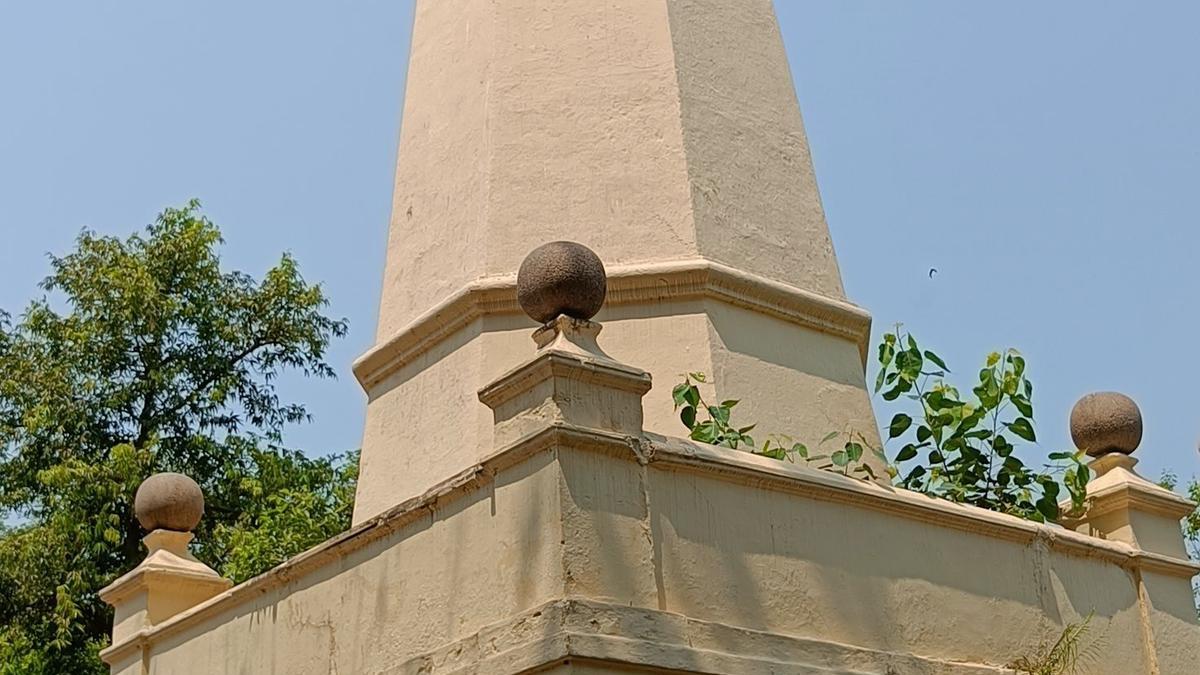
Yale’s tomb on Madras High Court campus is a symbol of slavery, says Justice G.R. Swaminathan
The Hindu
Justice G.R. Swaminathan questions the aesthetic value of 17th century obelisk tomb linked to Yale University.
A 17th century obelisk tomb constructed by British Governor Elihu Yale, after whom the prestigious Yale University in the United States had been named, and now located on the Madras High Court campus has no aesthetic value. “In fact, I would say that it is a symbol of slavery,” said Justice G.R. Swaminathan of the Madras High Court, on Tuesday.
The observations were made when he was presiding over a Division Bench along with Justice P.B. Balaji to hear an urgent public interest litigation petition, against the proposed construction of a five-storey building near the tomb declared as a centrally-protected monument in 1921 and under the Ancient Monuments and Archaeological Sites and Remains Act, 1958 too.
Senior Counsel T. Mohan had filed the PIL petition stating that Yale had served as the Governor of Madras between 1687 and 1692. His friend Joseph Hynmer, a senior member in the council of Fort St. George, died in 1680. Yale married his friend’s widow Catherine. When the couple’s son Jacca David Elihu Yale died at the age of four in 1688, the child’s body was buried next to Hynmer’s grave.
A tomb, consisting of an obelisk built over a chamber, was raised over the two graves. The tomb was built with brick and lime mortar and the superstructure was raised to five levels to get a tapering shape. “It is among the few extant obelisk heritage structures in India, the other two known obelisks erected by the British being in Srirangapatna and in Delhi,” the petitioner said.
Stating that the tomb was constructed with contributions made by Yale while serving as the Governor of Madras, the Senior Counsel said: “This is historically significant in that it links three different nations Great Britain, India and the United States of America through one person across time. Yale University is one of the eight Ivy League schools and widely regarded for its high academic standards.”
However, Justice Swaminathan said, he visited the tomb before commencing the hearing of the case on Tuesday morning but did not find any aesthetic value in it. The Bench, later, tagged the PIL petition along with a pending writ appeal filed by Mr. Mohan against Justice M. Dhandapani’s 2023 order directing the Archaelogical Survey of India (ASI) to shift the tomb outside the High Court campus.













